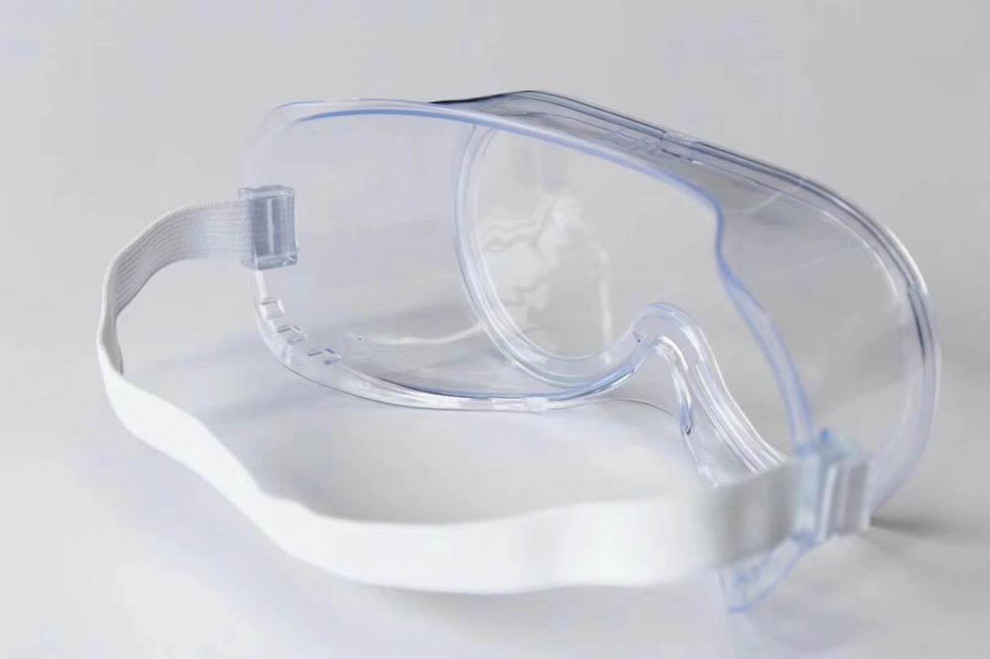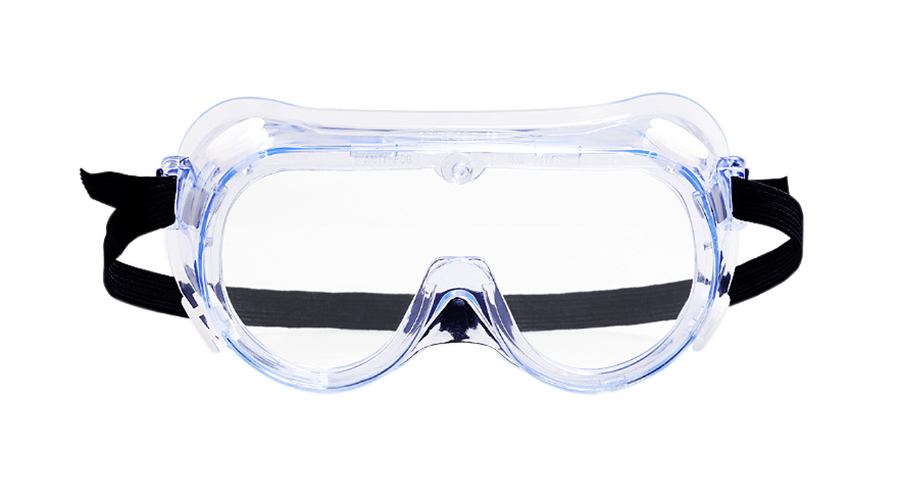In the fall season, lepidoptera pests such as Spodoptera litura, Spodoptera exigua, etc., as well as diseases such as mycoplasma and bacterial keratoses, etc., are prone to develop in the autumn. In particular, the recent rainy weather is conducive to the spread of disease and the need for timely prevention and control in production. . Lepidoptera pests of the second and third generations of Spodoptera exigua occur in this year and are expected to re-emerge to an outbreak four generations later. For the four generations of Spodoptera litura since August 18, the cumulative amount of moths and the amount of moths at the peak day were both less than those in the same period of previous years and are expected to occur lightly; Plutella xylostella is currently dominated by eggs and larvae in the field and is expected to occur with preference. Comprehensive prevention and control measures: The use of black light trapping; artificial killing of individuals larger pests or egg masses; chemical control to use high-efficiency and low toxicity agents, can also use Bacillus thuringiensis, Metarhizium spp. and other biological agents prevention and treatment. The current humidity in the field of mycoplasmosis is large, and the occurrence of mycoplasmosis tends to be heavy. Should be blitzed after the rain stopped medication, use carbendazim, triadimefon, chlorothalonil and other drugs spray, can also treat powdery mildew. Preventive measures: Dispose of sick bodies in time, and burn them centrally or deeply; apply organic fertilizer and phosphorus and potassium fertilizers to promote robust growth; and plant densely in order to facilitate ventilation and light in the fields. Cucumber bacterial leaf spot pathogens Hi temperature (25-30 °C) high temperature environment, the current hot weather when the weather is conducive to disease. At the early stage of disease, it is possible to use copper carboxylate, copper ammoxidation, and streptomycin for agricultural control to remove diseased leaves and diseased melons before spraying. Preventive measures: seed disinfection; rotation with non-guay crops for more than 2 years; pay attention to ventilation, temperature and humidity control. The downy mildew of cruciferous vegetables was the most seriously affected by Chinese cabbage, followed by Chinese cabbage and radish. The onset center must be promptly sprayed. Applicable drugs include metalaxyl, antiviral drugs 64% bacillus manganese zinc WP, EKL 72% urea manganese zinc wettable powder and so on. Preventive measures: use resistant varieties, and use metalaxyl or Fortune double dressing; to avoid partial nitrogen fertilizer; low-lying cultivation should be high, the rainy area attention to drain ditch. Soft rot disease mainly harms cruciferous vegetables such as Chinese cabbage, followed by Solanaceae, Leguminosae, Liliaceae, and Umbelliferae crops. The use of agricultural streptomycin, dexamethasone and other drugs spray or irrigation control. Preventive measures: selection of disease-resistant varieties; planting plots with high topography, good irrigation and drainage, ridge cultivation or sorghum cultivation; strengthening field management, cultivating strong seedlings, timely removal of diseased plants; timely control of underground pests, mantle, etc. to reduce wounds.
Product categories ofMedical Goggles, we are specialized manufacturers from China,Medical Goggle Safety Glasses, Transparent Medical Goggles suppliers/factory, wholesale high-quality products of Protective Medical Glasses R & D and manufacturing, we have the perfect after-sales service and technical support. Look forward to your cooperation!
Transparent Medical Goggles,Medical Goggle Safety Glasses,Protective Medical Glasses,Medical Safety Goggles Changsha City Kangbojia Medical Supplies Co., Ltd. , https://www.kbjmedical.com
